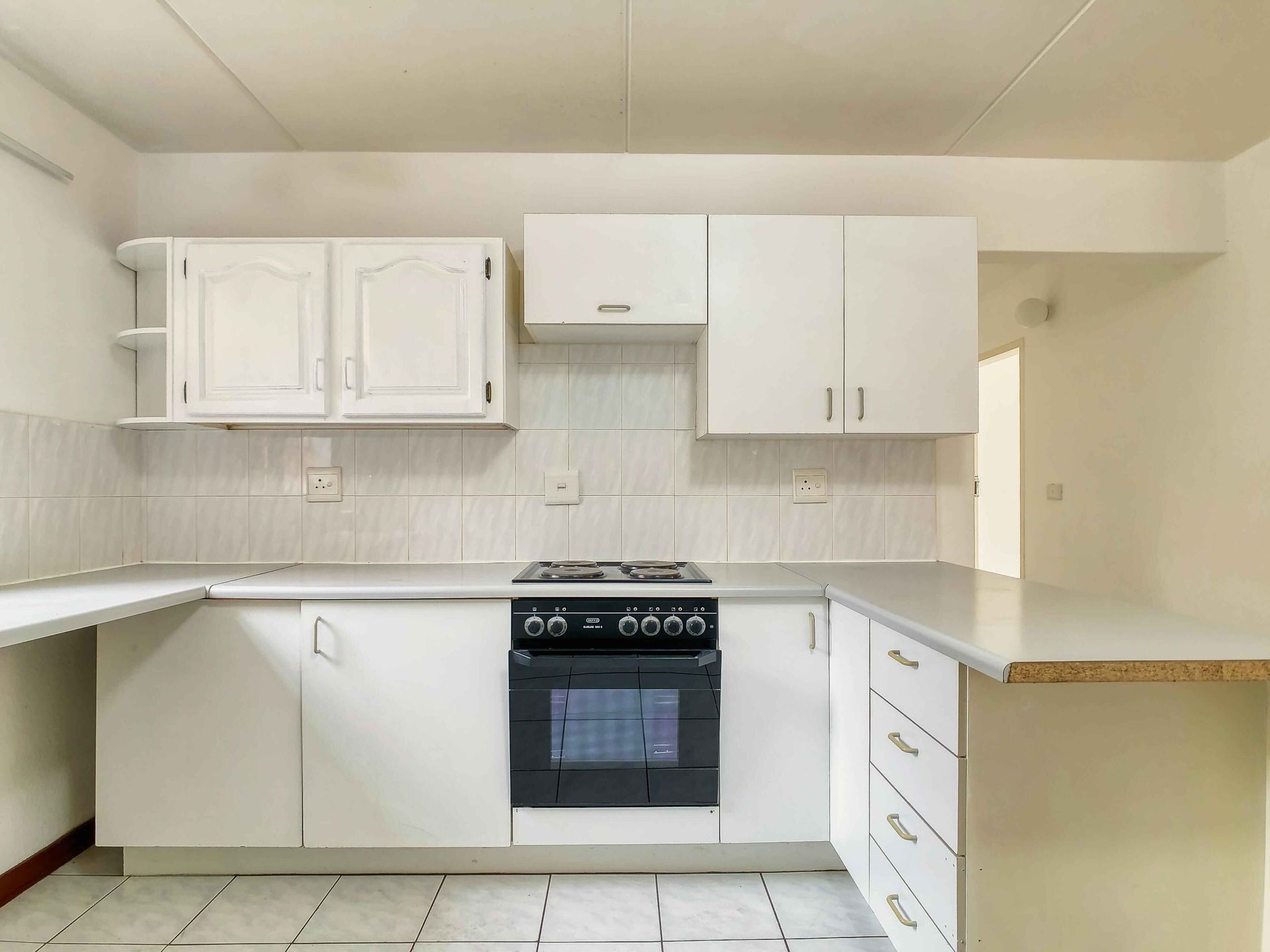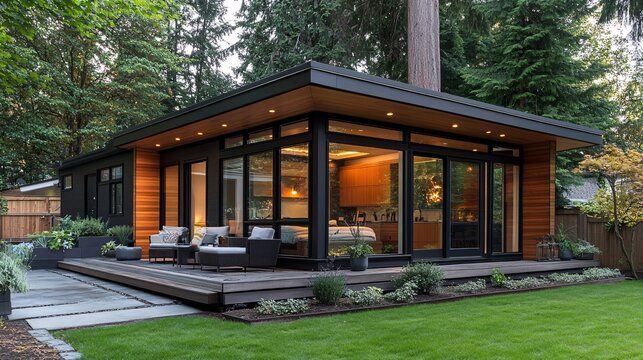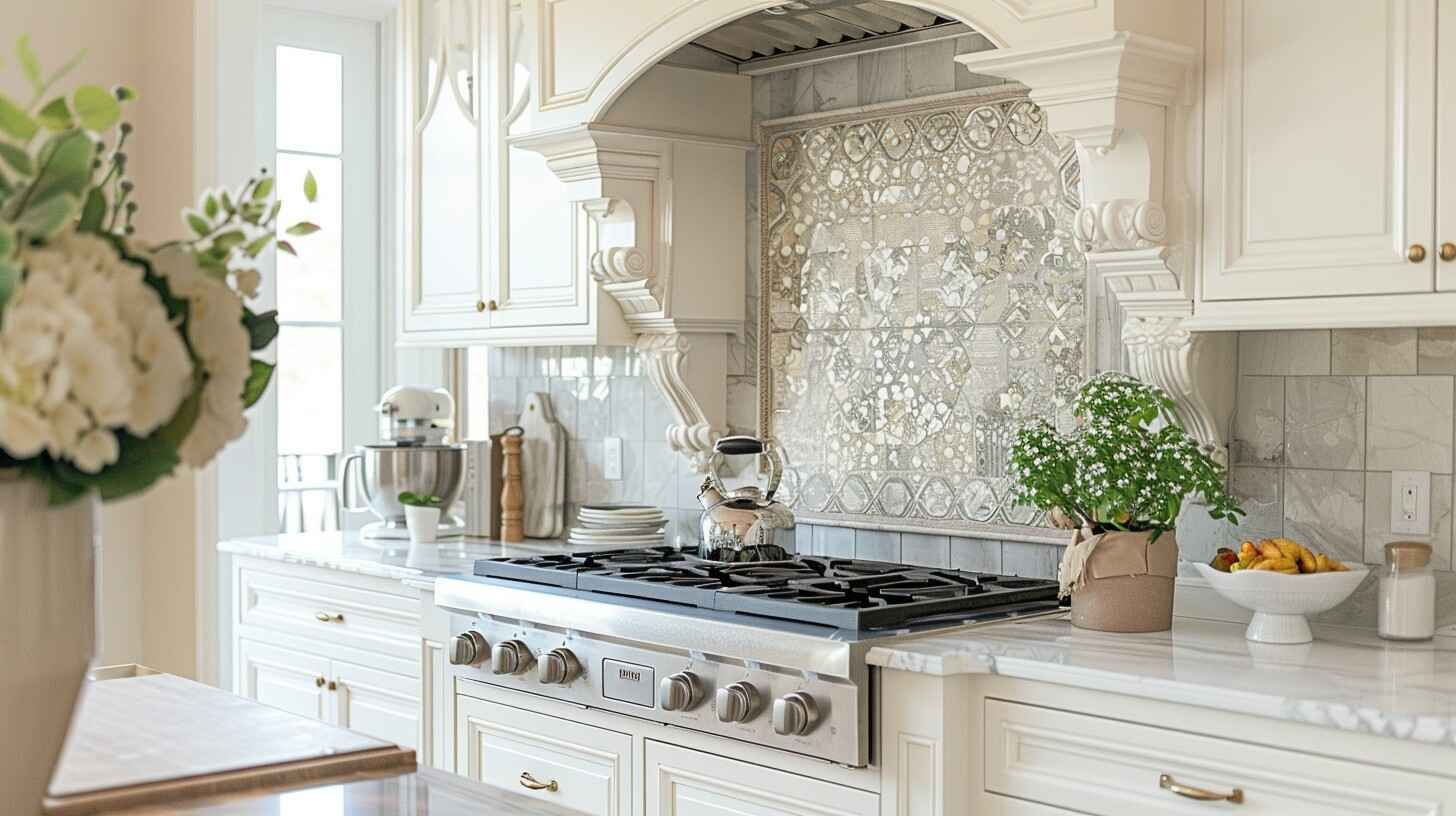When Remodeling a Kitchen, What Comes First?

Assess your current kitchen layout first when planning a remodel. Evaluate functions, flow, appliances, space efficiency, and storage. Then, set a realistic budget by outlining finances and considering size and materials. Next, research and choose appliances based on size, energy efficiency, style, and cooking habits. Follow it up by selecting cabinets and countertops- prioritize storage, durability, design, materials, and maintenance. Each step guarantees a well-thought-out and successful kitchen renovation.
Assessing Your Current Kitchen Layout
The first step in renovating a kitchen is carefully evaluating the current layout. Take a thorough look at how the existing kitchen functions, considering the flow of movement, the placement of appliances, and the overall efficiency of the space. Assess whether the current layout meets your needs or if there are areas that could be improved for better functionality.
Evaluate the work triangle formed by the stove, sink, and refrigerator. This triangular relationship is crucial for a smooth workflow in the kitchen. Determine if the current positioning of these elements is ideal or if adjustments are necessary to enhance efficiency.
Additionally, analyze the storage options in your kitchen. Are cabinets and drawers easily accessible? Is there enough storage space for your cookware, utensils, and pantry items? Understanding your kitchen's storage capacity and accessibility will help you plan improvements during the renovation process.
Setting a Realistic Budget
Establishing a well-defined financial plan is important when starting a kitchen remodeling project to guarantee all aspects are considered and executed within the allocated budget. Begin by determining the maximum amount you will spend on the renovation. Consider factors such as the size of your kitchen, the quality of materials you desire, and any additional features you wish to include. Setting aside a contingency fund for unexpected expenses that may arise during the renovation process is important.
Research the average labor, materials, and appliance costs to create a realistic budget. Obtain quotes from different contractors and suppliers to compare prices and ensure that your budget aligns with current market rates. Be prepared to make trade-offs between various remodel elements to stay within budget without compromising quality.
Tracking your expenses throughout the project is crucial to stay on target. Consider using budgeting tools or apps to monitor your spending and adjust as needed. By setting a realistic budget from the outset and actively managing it, you can achieve your dream kitchen without breaking the bank.
Researching and Selecting Appliances
Thoroughly researching and carefully selecting appliances is essential in kitchen remodeling to guarantee functionality, efficiency, and aesthetic harmony within the space. Appliances are vital in the kitchen, serving practical purposes and contributing significantly to the overall design. When investigating appliances, consider size, energy efficiency, and style to ensure they align with your needs and preferences.
Begin by evaluating your cooking habits and lifestyle to determine the type and size of appliances that best suit your needs. For example, avid cooks may opt for high-end ranges or ovens with advanced features, while busy families could benefit from spacious refrigerators with intelligent technology. Energy-efficient appliances not only help reduce utility bills but also have a positive impact on the environment.
Furthermore, pay attention to the design and finish of the appliances to ensure they complement the overall aesthetic of your kitchen. Stainless steel appliances offer a modern and sleek look, while custom paneling can create a seamless integration with your cabinetry. By conducting thorough research and selecting appliances that meet your functional and design requirements, you can elevate your kitchen space to new heights of sophistication and efficiency.
Choosing Kitchen Cabinets and Countertops
Incorporating meticulously selected kitchen cabinets and countertops is a pivotal aspect of elevating your kitchen space's functionality and aesthetic appeal during the remodeling process. When choosing kitchen cabinets, consider storage needs, style preferences, and material durability. Opt for cabinets that complement the overall design theme and provide ample storage solutions to keep your kitchen organized and clutter-free. Popular cabinet options include sleek modern designs, classic wood finishes, or customized solutions to suit your specific requirements.
Similarly, selecting the right countertops can significantly impact the look and feel of your kitchen. Materials like granite, quartz, marble, or butcher block offer different aesthetic and functional benefits. Consider factors such as durability, maintenance requirements, and budget when deciding. Furthermore, consider how the countertop material pairs with your chosen cabinet design to create a harmonious and visually appealing kitchen space. Ultimately, investing time in carefully selecting kitchen cabinets and countertops will result in a harmonious and stylish kitchen that meets your practical and aesthetic needs.
Other Kitchen Remodeling ideas:



